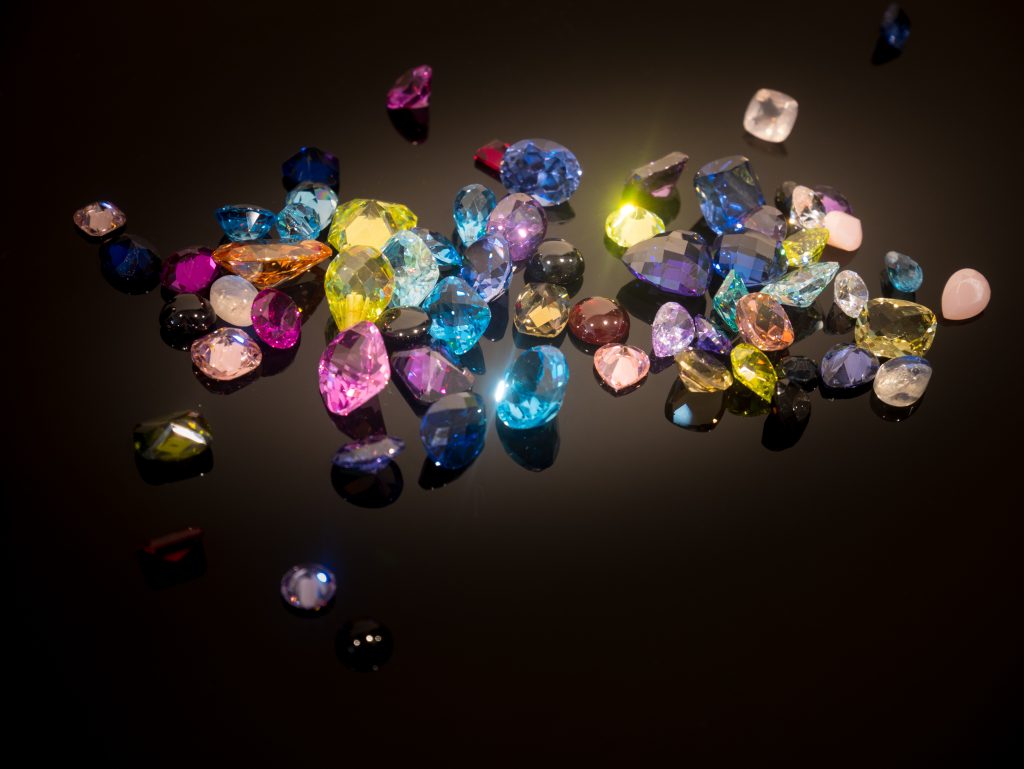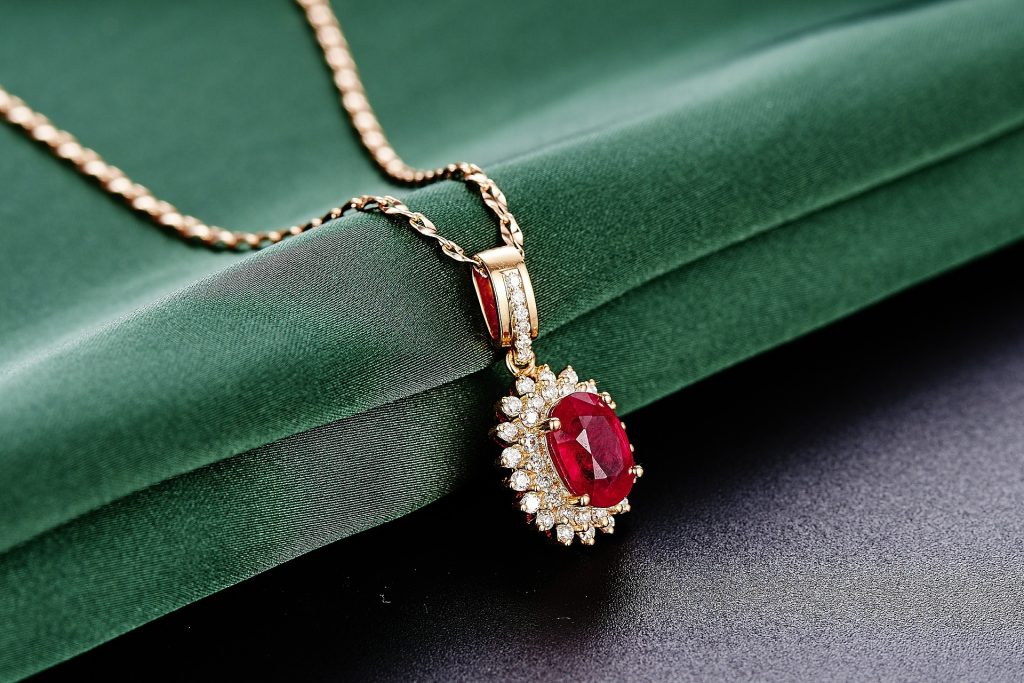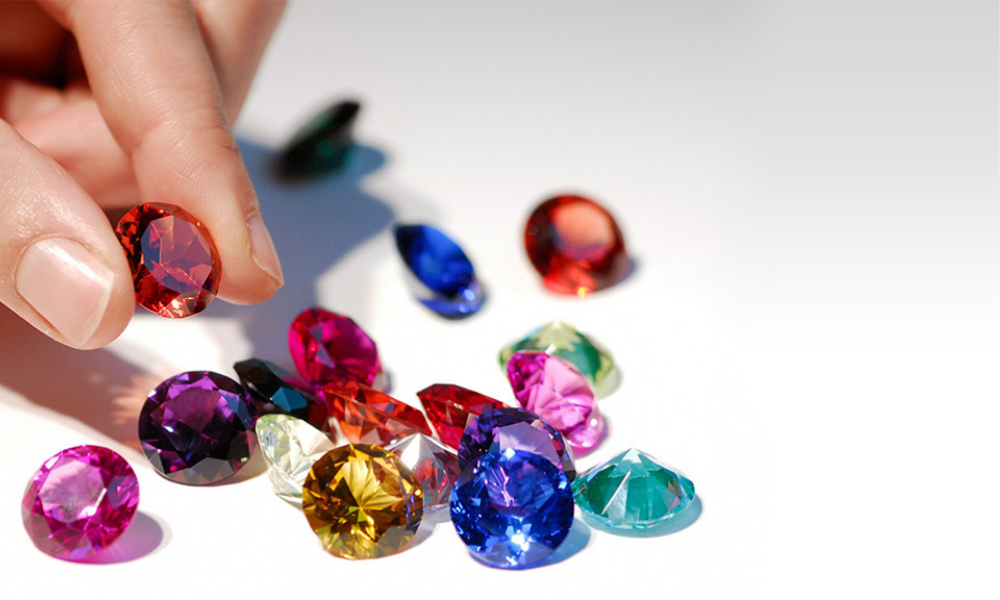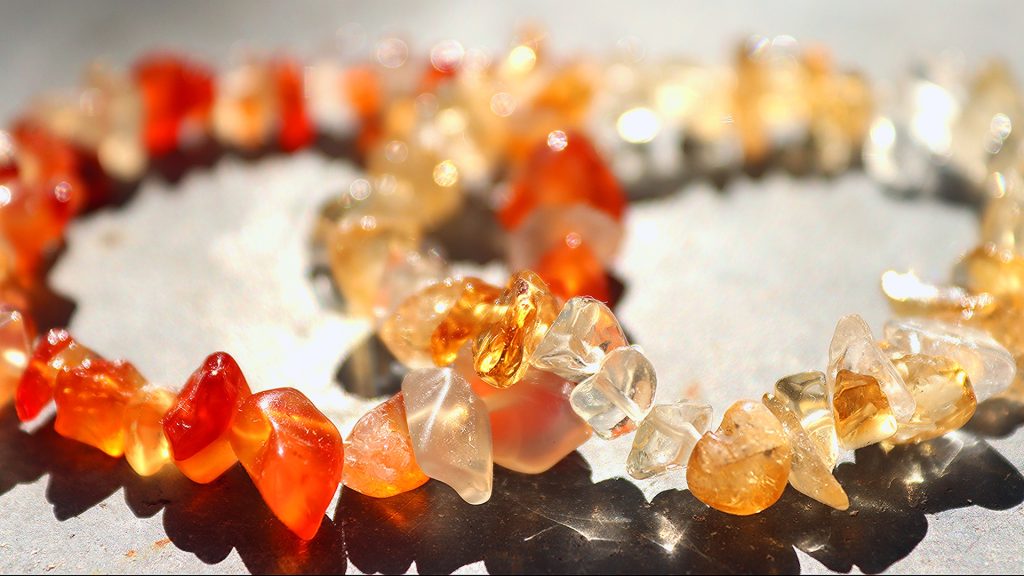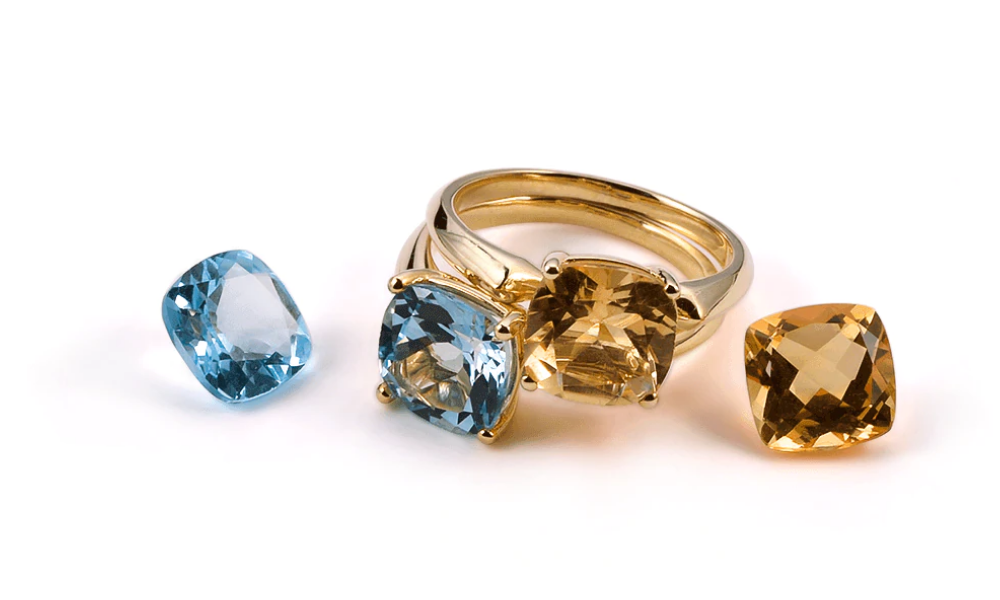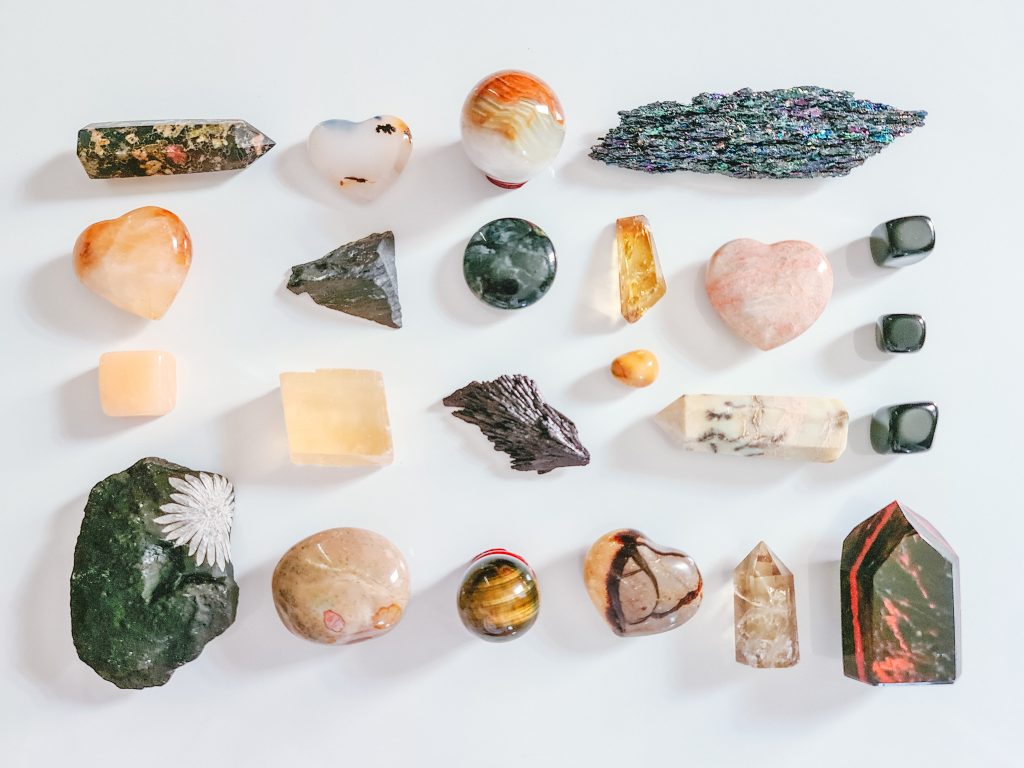When preparing a diamond appraisal, one of the most frequently asked questions is how to calculate the weight of a gemstone. Fortunately, there are various ways available to assist you in determining the weight of the diamond. First and foremost, you must understand the shape of the diamond. This will assist you in determining the carat weight. Then you can multiply this amount by the desired facet style factor to get the final result. Once you know how much the stone weighs, you will be able to estimate its size accurately.
The most accurate method of determining the weight of a gemstone is to utilize a free internet calculator. You can get this information online by typing the gemstone’s height, breadth, and length into the search bar. The calculator results will be based on your ascendant, which is the first number mentioned on your birth certificate, and will be displayed. Once you have these results, you can choose the ideal gemstone for your needs. Just bear in mind that to use the calculator, you must be using a web browser capable of displaying Javascript.
How To Calculate Weight Of Gemstone?
To estimate the worth of your birthstone, you can use a weight conversion calculator, which will depend on the shape of your stone. By taking an exact measurement of the band surrounding the stone, it is possible to determine the weight of a ring. A diamond, for example, is considered to be one of the most costly jewels on the planet. The band’s dimensions can be used to compute the size and weight of the item. For a ring, measures should be taken along the band of the stone. However, for a pendant, measurements can be taken along the stone chain.
To obtain an accurate weight, you must first determine the form of the gemstone. Some stones are equipped with culets and keels, which help to reduce their overall weight. These shapes also help to lessen the overall thickness of a gemstone, so you should always cut them appropriately. It is possible to calculate the exact weight using a trustworthy calculator if you are unclear about how much it weighs. This calculator can assist you in determining the weight of a gemstone.
Steps To Calculate Weight Of Gemstone
Measure Your Gem
- The gem must be measured meticulously in all directions.
- Make a note of all of your measurements and the shape of the stone. Take particular care of the dimensions of the structure.
- Finally, look up the specific gravity (SG) of the stone you’re looking at in our gem listings to see how dense it is.
Weight Estimation Formulas For Faceted Gems
Based on the gem’s cut, use the appropriate formula to set it. The following formulas are predicated on the assumption that you’re dealing with well-proportioned diamonds with a medium/thin girdle in your collection. If this is not the case, you will need to adjust your results. See Step 4 for further information.
The diameter of all cuts, except circular and rectangular cushions, should be calculated as the average of the diagonal, the length, and the breadth.
Carat weights are given as estimations.
Round
Diameter ✕ diameter ✕ depth ✕ SG ✕ 0.0018
Oval
Diameter ✕ diameter ✕ depth ✕ SG ✕ 0.0020
Square
Diameter ✕ diameter ✕ depth ✕ SG ✕ 0.0024
Square Cushion
Diameter ✕ diameter ✕ depth ✕ SG ✕ 0.0018
Square Step Cut
Diameter ✕ diameter ✕ depth ✕ SG ✕ 0.0023
Square With Cut Corners
Diameter ✕ diameter ✕ depth ✕ SG ✕ 0.0024
Rectangle
Length ✕ width ✕ depth ✕ SG ✕ 0.0026
Rectangle step cut
Length ✕ width ✕ depth ✕ SG ✕ 0.0025
Rectangle with cut corners
Length ✕ width ✕ depth ✕ SG ✕ 0.0026
Rectangular cushion
Diameter ✕ diameter ✕ depth ✕ SG ✕ 0.0022 (NOTE: diameter = average of length and width)
Pear
Length ✕ width ✕ depth ✕ SG ✕ 0.0018
Heart
Length ✕ width ✕ depth ✕ SG ✕ 0.0021
Marquise
Length ✕ width ✕ depth ✕ SG ✕ 0.0017
Triangle
Length ✕ width ✕ depth ✕ SG ✕ 0.0018
Cabochon Gem Weight Estimation Formulas
Flat-bottomed cabs can be found in sizes ranging from 0.0023 to 0.0029. The size of the bottom bulge varies from 0.0024 and 0.0030. Use the following formulas as a general rule:
High-Domed Cabs
Length ✕ width ✕ depth ✕ SG ✕ 0.0026
Low-Domed Cabs
Length ✕ width ✕ depth ✕ SG ✕ 0.0029
Changing Your Gem Weight Prediction
If the stone you’re looking at isn’t well-proportioned or has a girdle that’s too thin or too thick, you should make the following adjustments to your gem weight estimate:
Girdle
Calculate the average thickness of the girdle. Don’t go by a bulge at the top of a heart or the point of a gem for your reading.
- Thin girdle, subtract 1% to 2%.
- Slightly thick, add 1% to 2%.
- Thick, add 3% to 4%.
- Very thick; add 5% to 6%.
- Extra thick, add 7% to 10%.
Pavilion Bulge
- Slight, add 3% to 5%.
- Noticeable, add 6% to 8%.
- Obvious, add 9% to 12%.
- Extreme, add 13% to 18%.
A long culet can contribute up to 5% due to steep pavilion angles.
Shape Outline
- Cut corner squares and rectangles with wide corners can save up to 5% weight.
- Broad wings or high shoulders can add up to 10% to oval, pear, marquise, and heart cuts. On rare occasions, straight shoulders may necessitate a 1% to 5% penalty.
- Marquise and (sometimes) pears have a very short or no keel. This will result in a weight loss of 1 to 3 percent.
- Triangles with straight edges will need to be reduced by 10%.
Which Gemstone Is The Heaviest?
The largest precious gemstone ever discovered and the most faceted is The Golden Jubilee Diamond, the most significant cut and faceted diamond globally, measuring a whopping 57.6 carats. It has a carat weight of 545.67 carats (109.13 g). It weighs 15.37 carats more (3.07 g) than the Cullinan I. The Premier Mine, where the Golden Jubilee Diamond was discovered, is also the site of the discovery of the Cullinan diamond in 1905 and other significant diamonds such as the Taylor–Burton (1966) and the Centenary diamond (1999). (1986).
The Golden Jubilee Diamond, originally known as the “Unnamed Brown,” was cut from a big brown diamond weighing 755.5 carats (151 g), which was discovered in the abundant blue ground of the Premier Mine in South Africa in 1985 and was initially known as the “Unnamed Brown.”
What Is The World’s Rarest Stone?
Musgravite was discovered in 1967 and is considered one of the world’s most valuable gemstones. It was discovered for the first time in Australia’s Musgrave Ranges and afterward discovered in Madagascar and Greenland.
In honor of the Musgrave region, where it was discovered, the name was given to the plant. Only eight gem-quality musgravite stones were discovered in the United States in 2005, demonstrating just how uncommon it is. Colors ranging from translucent olive green to a greyish purple were among those discovered among the handful of items discovered. It is impossible to put a monetary value on this diamond because of its extreme rarity and scarcity. On the other hand, experts generally place a value on it in the vicinity of $35,000 per carat.
Which Gemstone Is The Most Beautiful?
The gorgeous blue diamond is considered the most valuable of all precious gemstones due to its rarity and beauty. A pristine example is so rare that when one comes up for sale, it creates quite a commotion in the jewelry business.
Blue diamonds are rarer and more expensive than any other fancy color diamond, except red diamonds, which are rare and pricey. Blue diamonds are scarce and can only be discovered in three places: Australia, South Africa, and India, and they are also quite expensive. The deeper the blue diamond’s color, the more valuable and valuable it is.
What Should The Gemstones’ Weight Be?
Many astrologers combine various trends and approach to recommend gemstone’s appropriate weight to their clients. Another widely noticed trend is to wear one carat for every 12 kg of body weight, which is also a common occurrence. For example, a 60 kg person would require at least 5 carats (60 KG/12= 5 carats).
It is necessary to consider four critical factors when determining the weight of a gemstone when selecting it. It is reasonable to say that the weight range of 4-8 carats is the most often used. Any stone weighing less than 4 carats is too tiny to touch the skin, and any stone more than 8 carats may become too large to hold comfortably.
Conclusion
Another crucial aspect in determining the gemstone’s weight is the gemstone’s form. Some stones have a keel at the bottom, while others do not have a culet at the bottom. These shapes will necessitate a one- to a three-percent reduction in the weight of their components. A gemstone with a triangle form will necessitate a reduction of at least 10%. Using this method, you can figure out the exact weight. However, a pear-shaped stone may be more difficult to calculate than a round-cut stone.
It is necessary to measure the gemstone to determine its weight as a first step. An expert gemologist must meticulously measure the stone in all directions and record the results to accomplish this. After that, they must figure out what shape the stone will take. If the stone has a square form, the gemologist will need to take measurements in all directions to determine its size. Once he has obtained all of the information, he can use the information to determine the specific gravity of the gemstone. Then he can apply the formula to the stone, considering the cut and shape of the stone. If the girdle is very thick, the result may need to be tweaked to be accurate. Finally, a round stone must be weighed to the closest hundredth of a carat to determine its weight.


